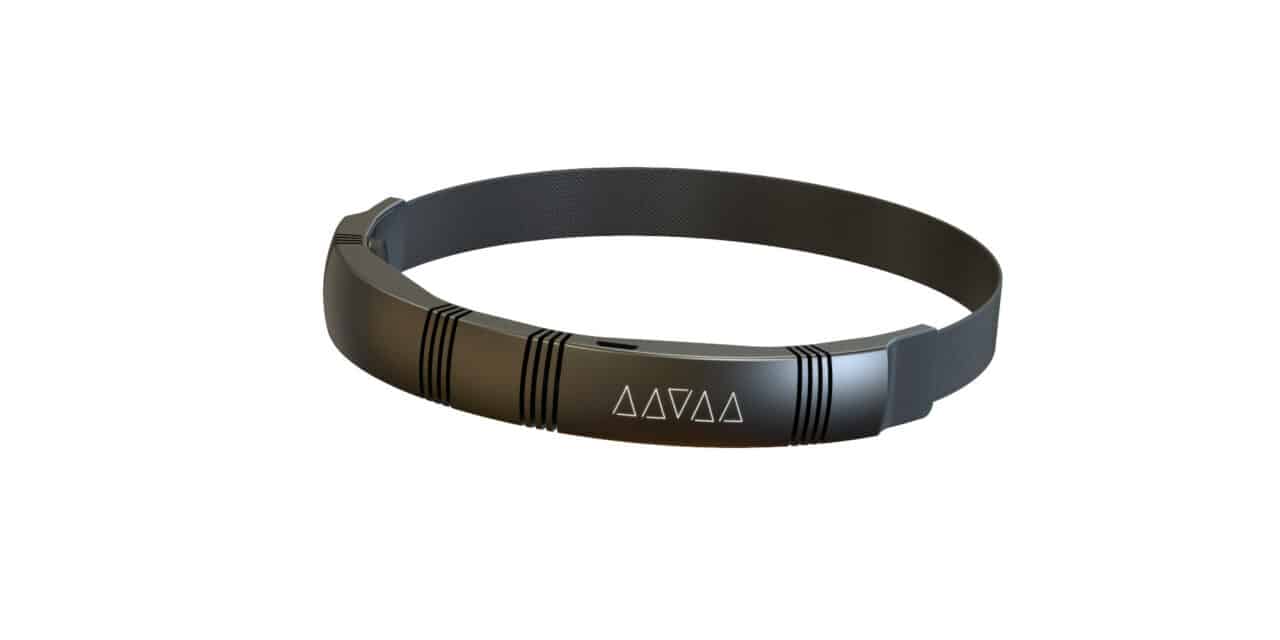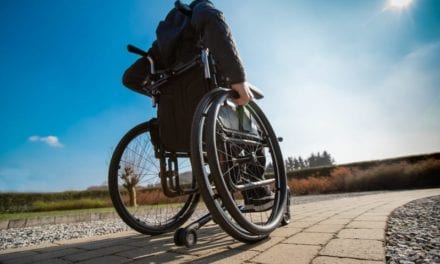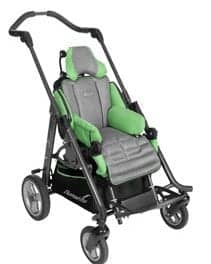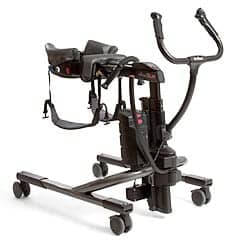AAVAA, an innovator in brain-computer interface (BCI) technology, has launched its AAVAA Headband Accessibility Developer’s Kit. This cutting-edge wearable device is specifically designed to give individuals with disabilities full control over their devices to dramatically transform everyday life.
The first-of-its-kind technology acts as a “head mouse” and decodes a user’s auditory and visual attention, and also their intent and subtle commands, such as blinks, winks, and eye gazes. This means users can control devices, such as phones, tablets, or assistive devices, with movements like a blink, making it a functional technology for users without motor function.
“BCI technology is the key that unlocks so much potential within the accessibility space,” says Naeem Komeilipoor, founder and CTO of AAVAA. “This technology will enable paralyzed people to control their wheelchairs and operate their computers and cellphones so they can communicate and function in our modern world.
“Beyond that we’re finding incredible applications for this new technology—it’s solving the ‘Cocktail Party Problem’ by improving hearing challenges, creating the controller of the future for AR/VR environments, and even changing how astronauts function in space.”
The AAVAA Headband Accessibility Developer’s Kit features intuitive gesture control, allowing users to effortlessly interact with their devices through various intentional eye, mouth, hand, and eyebrow movements. Its key feature lies in the customizable interface, empowering users to personalize their experience by adapting form factors, gestures, and gesture intensity to cater to specific accessibility needs. Moreover, the kit’s B2B device integration capability facilitates smooth incorporation with a wide array of technologies, applications, and hardware, supporting accessibility and enhancing everyday consumer devices.
“We’ve listened closely during end-user testing and identified gaps in current BCI technology. Our new software excels in controlling multiple complex devices, decoding intentional and unintentional movements and commands,” adds Komeilipoor. “Our goal is to provide a simplified control device that efficiently and accurately decodes commands, replacing the multitude of cumbersome devices relied upon by those with mobility impairments.”
The AAVAA Headband is designed to bridge the accessibility gap, empowering people with disabilities to experience independent and inclusive living. It’s not just about accessibility; AAVAA’s BCI technology is also utilized in applications like virtual and mixed-reality for intuitive interaction in the metaverse, comprehensive health monitoring (brain, mental, and physical health analytics), and enabling hands-free control of devices in the Internet of Humans, including subtle gestures like dimming lights.
It is now available for trials at aavaa.com/products/. Interested individuals can fill out a request form, where they can see a live demo and request to try the headband themselves. AAVAA is also working on a variety of other form factors, such as goggles and hearing devices that will also be available soon.
Featured image: The AAVAA Headband Accessibility Developer’s Kit features intuitive gesture control, allowing users to effortlessly interact with their devices through various intentional eye, mouth, hand, and eyebrow movements. Photo: AAVAA





